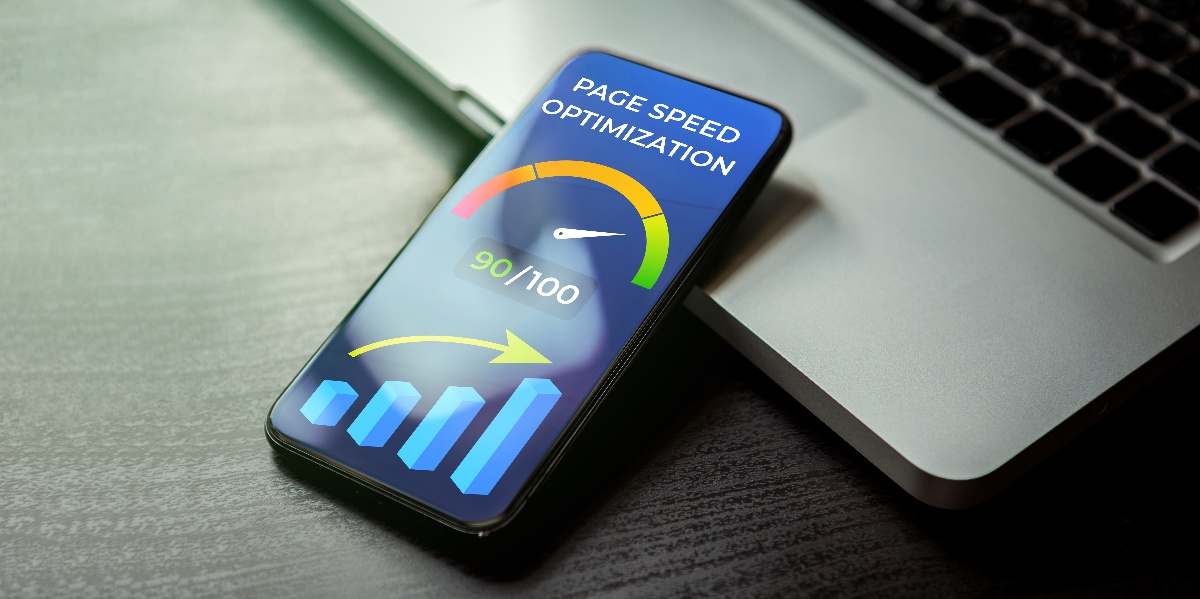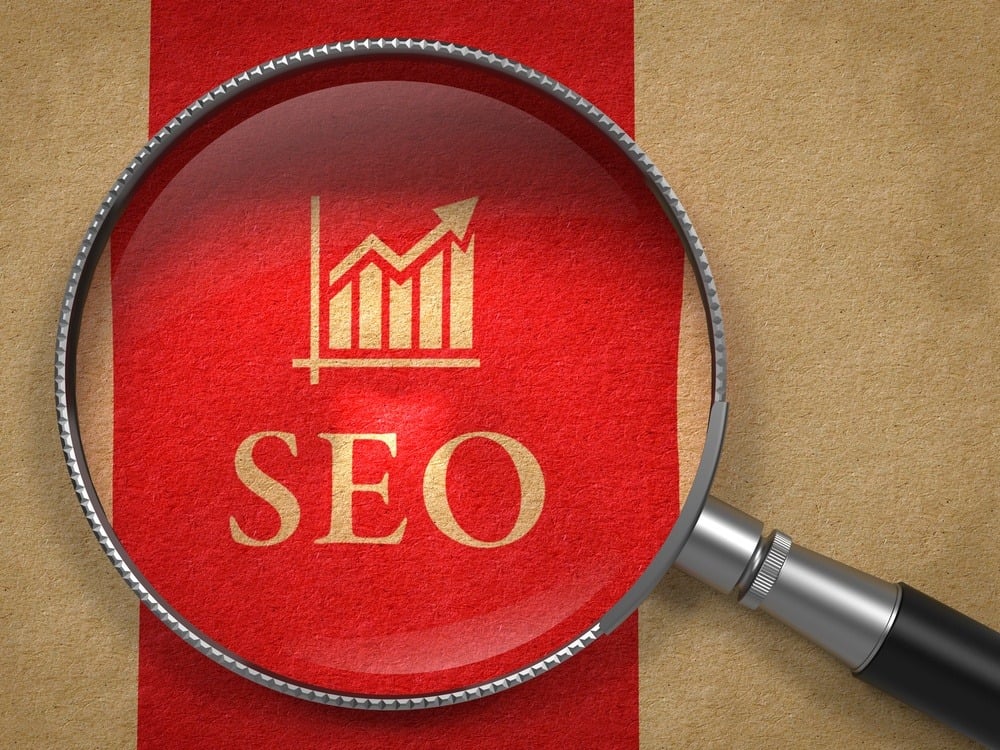
In the fast-paced digital world, a slow-loading website can be detrimental to your online presence and business success. Google PageSpeed Insights is a valuable tool that evaluates your website's performance and provides suggestions to enhance its speed and user experience.
In this article, we'll explore practical strategies for business owners to improve their Google PageSpeed Insights score and create a seamless browsing experience for their customers.
Optimize Image Files: Images are often the main culprits behind sluggish websites. To optimize image files:
- Resize and compress images without compromising quality.
- Leverage modern image formats like WebP.
- Use lazy loading to defer the loading of off-screen images.
Minimize HTTP Requests: Reducing the number of HTTP requests is crucial for faster loading times:
- Combine multiple CSS and JavaScript files into a single file.
- Minify CSS, JavaScript, and HTML files to remove unnecessary characters.
- Utilize CSS sprites to combine multiple images into a single file, reducing requests.
Leverage Browser Caching: Enabling browser caching allows returning visitors to load your site faster:
- Set expiration dates for static resources like images, CSS, and JavaScript.
- Utilize Cache-Control headers to specify caching policies.
- Leverage a Content Delivery Network (CDN) to cache your content globally.
Enable Compression: Compressing your website files reduces their size, resulting in faster page loading:
- Enable Gzip compression on your server to reduce file sizes.
- Use tools like Brotli compression for even greater efficiency.
- Check with your web host to ensure compression is properly configured.
Minimize Render-Blocking Resources: Render-blocking resources hinder the browser's ability to display the page quickly:
- Analyze and optimize your CSS and JavaScript to eliminate render-blocking elements.
- Use asynchronous loading or defer JavaScript files.
- Place CSS at the top of the page and JavaScript at the bottom.
Prioritize Above-the-Fold Content: Ensure that the most critical content is delivered swiftly to your visitors:
- Identify the above-the-fold content (visible without scrolling) and optimize its delivery.
- Inline critical CSS or use inline styles for above-the-fold content.
- Load non-critical resources asynchronously to avoid delaying important content.
Improve Server Response Time: A slow server response time can negatively impact your website's performance:
- Choose a reliable hosting provider with a fast server infrastructure.
- Optimize your database queries and reduce unnecessary plugins or extensions.
- Implement server-side caching mechanisms to deliver content quickly.
Mobile Optimization: With the increasing number of mobile users, optimizing for mobile devices is crucial:
- Use responsive web design to ensure your website adapts to different screen sizes.
- Optimize images and other media for mobile devices.
- Enable AMP (Accelerated Mobile Pages) to create lightning-fast mobile experiences.
Improving your Google PageSpeed Insights score is not only about optimizing for search engine rankings but also about delivering a superior user experience. By implementing these tips, business owners can enhance website performance, reduce bounce rates, and increase user engagement.
Remember, a faster website leads to happier visitors, improved conversions, and, ultimately, business growth in the digital landscape.















